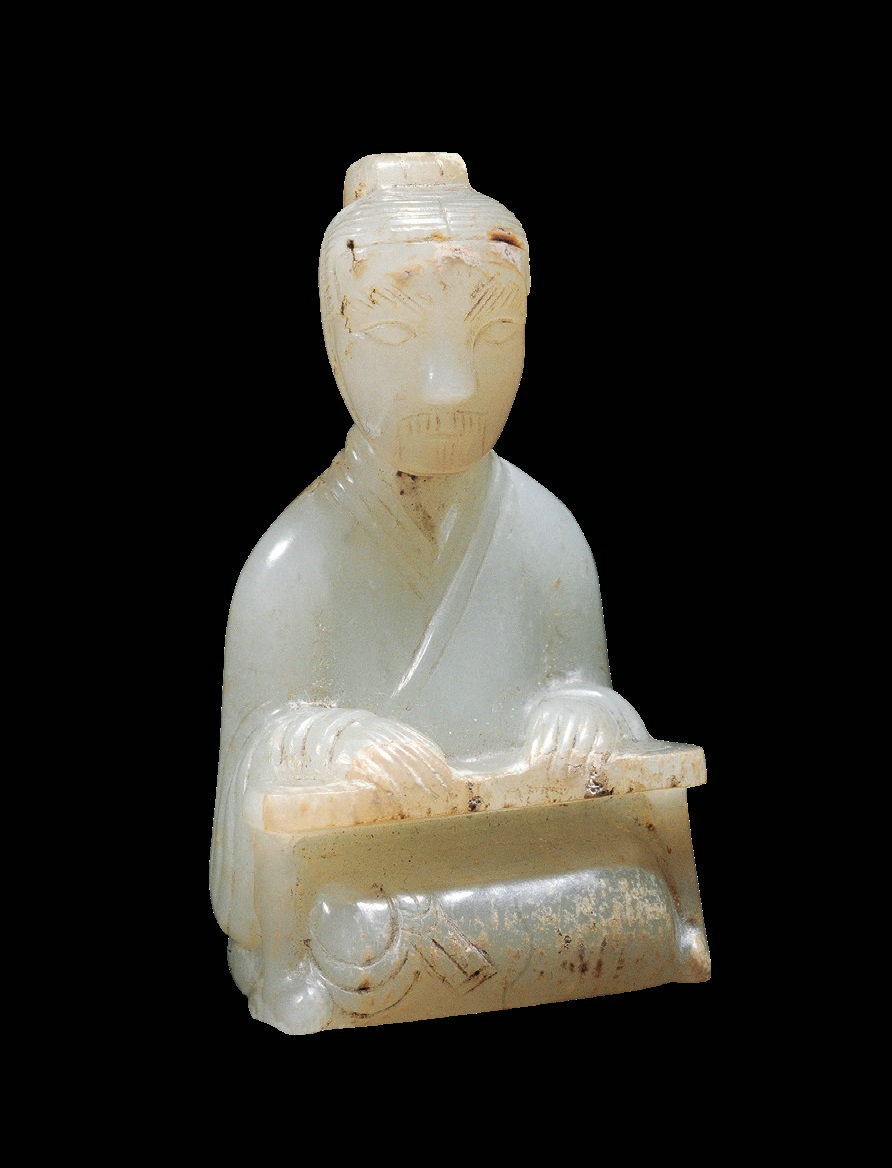

Two mythical animals, as well as a seated figurine from the burial chamber of Liu Sheng, all featured in the exhibition, are believed to have been carved out of Hotan jade in the initial few years after this discovery.
"Ever since then, Hotan jade has remained hugely popular with the Chinese, although the trade on the Silk Road was carried out intermittently throughout the second half of the Han Dynasty, when it gradually lost its former glory," Zuo says.
The Han Dynasty ended in 220. China was splintered, only to be reunited some 45 years later. The cycle was repeated throughout the first millennium, but the artistic height that ancient Chinese jade making had reached during the few centuries leading up to the Common Era proved insurmountable in a sense.
Those who ask why may need to take a few steps back to gain a broader view of the time, noted as much for military confrontation and maneuver as for philosophical and political innovation. The wars, for all the havoc wreaked and pain induced, presented immense challenges and adversities that in turn were met with unwavering courage and unyielding resolve.